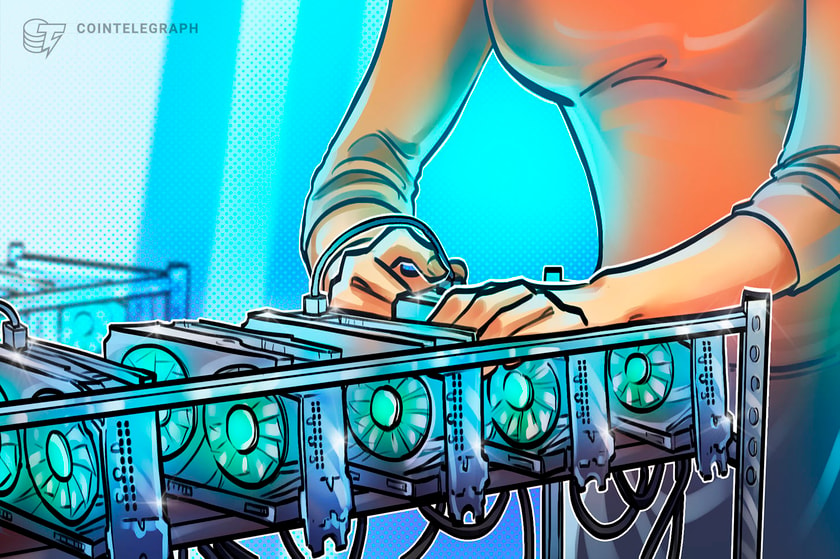
Blockstream intends to buy and store ASIC mining hardware ahead of Bitcoin’s halving in 2024.
Blockchain technology firm Blockstream is looking to raise up to $50 million to purchase and store mining equipment that it perceives to be undervalued on secondary markets.
Speaking exclusively to Cointelegraph, Blockstream mining sales head James Macedonio unpacked the company’s plans to take advantage of a “huge separation” in the value of Bitcoin (BTC) and ASIC mining equipment.
Blockstream is partnering with Luxembourg-based digital securities marketplace STOKR to launch the Blockstream ASIC (BASIC) Note. Macedonio said that blockstream will look to initially secure $5 million for its Series 1 BASIC Notes, each valued at $115,000, to buy ASICs at scale, store and then sell them back to the market as demand for hardware picks up into 2024.
The 24-month investment note is set to be available to accredited international investors, while Macedonio said that the firm anticipates seeing returns in 12 to 18 months, factoring in Bitcoin’s next mining reward halving earmarked for April 2024.
Blockstream also notes that BASIC is intended as a Bitcoin basis investment vehicle that aims to “generate a bitcoin-on-bitcoin return”. The company also expects that majority of investments to be made with BTC.
According to Macedonio, the price of ASIC miners — specialized hardware used to mine proof-of-work cryptocurrencies like Bitcoin — is nearly 10 times lower than their peak around December 2021.
“The price of Bitcoin is half of what it was, but ASICS are a tenth of what they were, and historically they’ve been highly correlated.”
Blockstream’s team has previously noted that the value of ASIC miners typically correlates to the price movements of Bitcoin, with BTC appreciation leading to an increase in miner prices.

Macedonio notes some factors that have impacted the stagnant price of mining hardware compared with Bitcoin’s recent price recovery to current levels of around $30,000.
“A lot of companies over-leveraged themselves using Bitcoin as collateral. So when Bitcoin went down, they defaulted. Some of those lenders had a large inventory of miners that were pushed into the market.”
Soaring energy prices in 2022 challenged Bitcoin profitability for miners, which also played a role in the oversupply of ASIC miners on secondary markets. Macedonio said that the lack of recovery for ASIC miner prices is driven by a lack of capacity to operate the machinery and difficulty raising funds to acquire more hardware.
Related: Blockstream raises $125M to finance expanded Bitcoin mining operations
Blockstream anticipates a positive price correction for ASIC hardware and plans to raise capital to purchase ASIC hardware to be stored in bonded warehouses.
Blockstream will look to raise a target of $50 million through $5 million tranches. Macedonio added that while the company will look to acquire the most efficient machines on secondary markets, the possibility of a Bitcoin bull run could drive demand for less efficient machines:
“If Bitcoin goes to $70,000 or more, people are going to try to get their hands on any ASICs they can just to start mining because their profitability would be so great.”
Blockstream is primarily planning to purchase Bitmain and MicroBT mining equipment, with Macedonio highlighting that the hardware is prevalent and historically has good resale value.
Magazine: Bitcoin is on a collision course with ‘Net Zero’ promises








